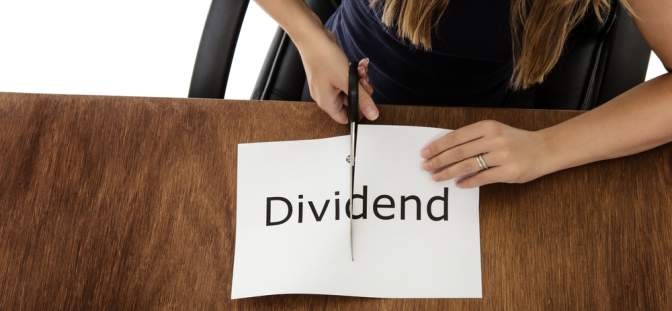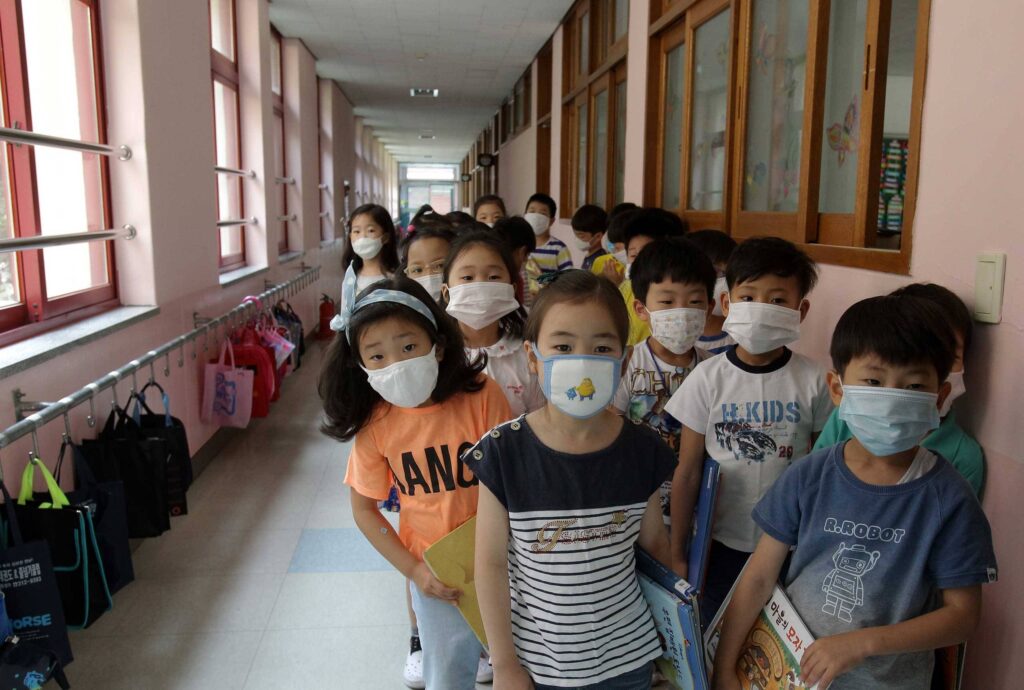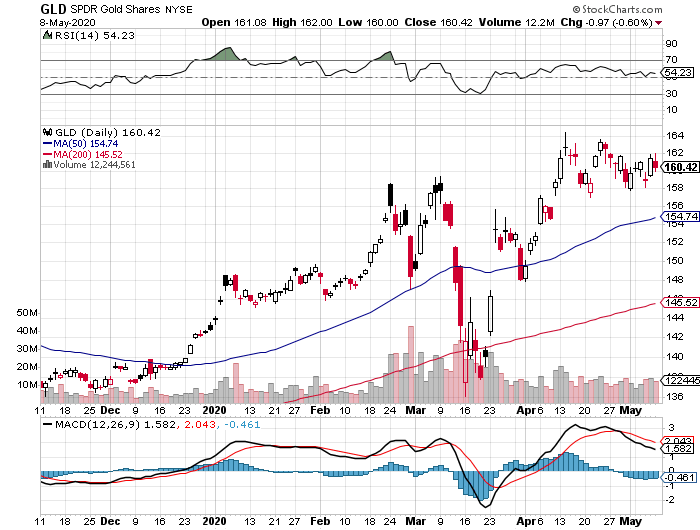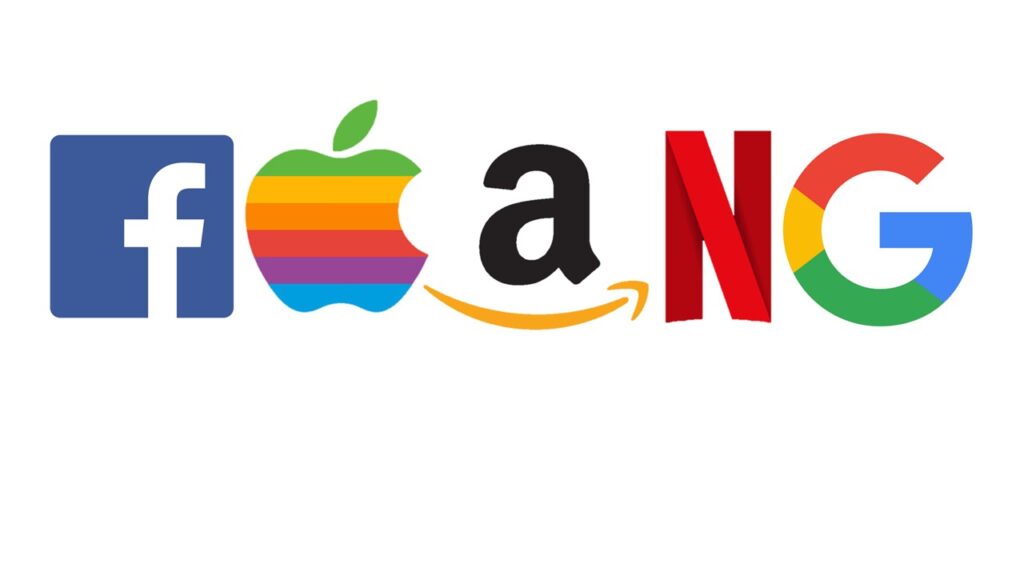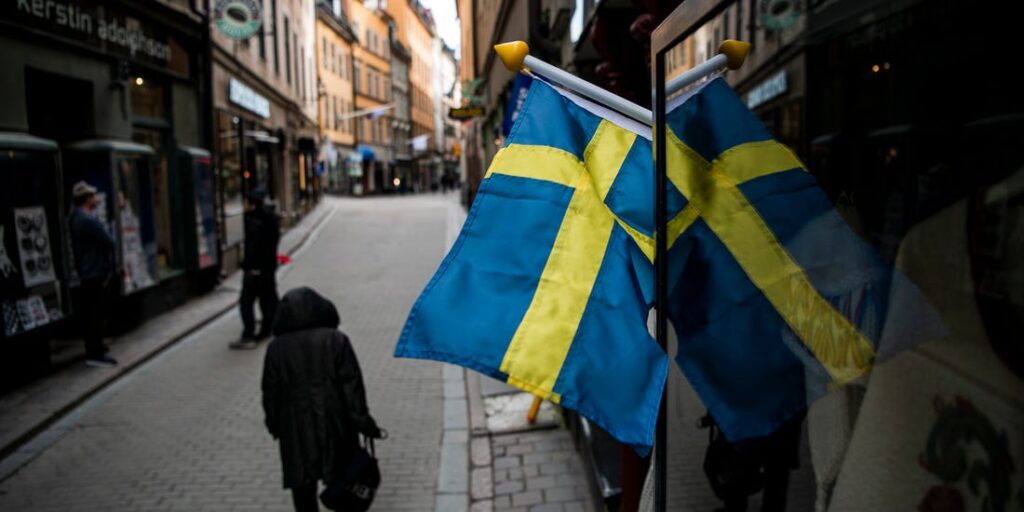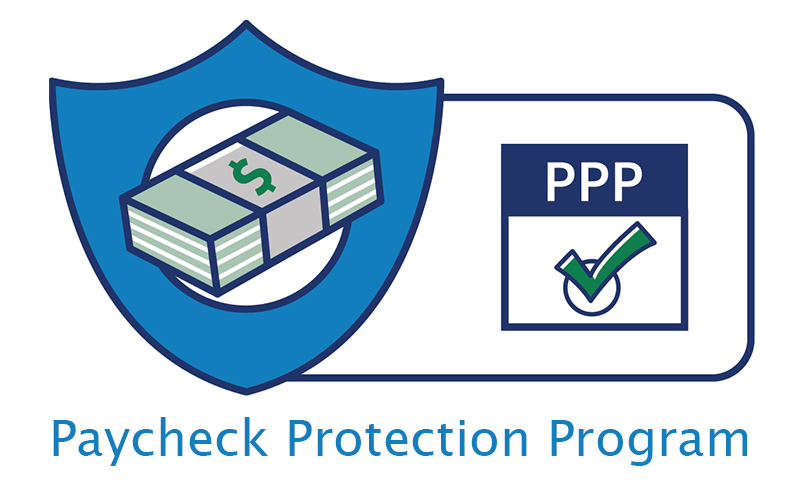Well, is it? I think it depends on your circumstances and your mindset. I know, it’s an equivocal answer, but let me explain.
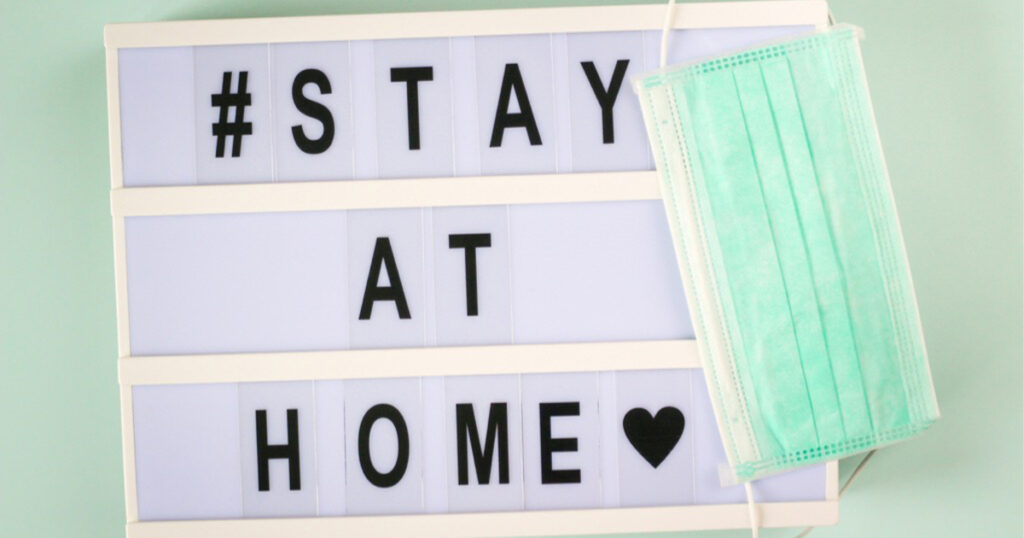
Laid Off
If you are at home because you were laid off and you need to get back to work to support yourself and your family, then our current situation is likely not like early retirement. If you need to work to support yourself, you likely are younger and and not even thinking about retirement, early or otherwise. You are likely not happy about being home now and are working hard to get rehired or at least get back into the workforce. It is likely a stressful time for you.
Happily Laid Off
Perhaps you are happy that you were laid off, or at least not upset about it. You live within your means and you may have needed a mental break. Is this current time away from your job meeting your expectations? Here are some thoughts on how to answer that question:
- Are you productive outside of work? Do you have a need to accomplish things that was previously satisfied by your job? And, if so, are you currently satisfied with how much you are able to accomplish now that you are not working?
- Social Interaction: Do you miss the social aspects of your job? More or less than you thought you might? Do you have a family or close social relationships outside of your job that satisfy your social needs without the work part? Some people postpone their retirements not because of the money part but more due to the social aspects of their jobs. Don’t consider yourself “weird” if you don’t miss the money but do miss the people you used to work with.
- Travel: Did you previously envision that your retirement would involve a lot of travel? And now that you are at home and likely unable to travel, are you disappointed? Do you think that you would be happier if you could travel more? Or do you miss travel less than you thought you would? Being stuck at home can be fun for some but can grow boring for others. Some like a daily routine while others need constant new stimulation. If this Travel issue is a big one for you, then don’t equate your current situation with what it would be like to be retired. And, if you do really miss the travel, then take a second look at your finances to see if you really have enough money saved to indulge your travel urges.
Still Working At Home
If you are still working from your home office, then this experience is not like retirement, but perhaps you can envision retirement from in front of your Zoom camera. You can see what goes on in your home and in your neighborhood while you would otherwise be at the office at work. Do you like what you see? Do you like where you live? If not now, perhaps with some modifications? If any of that is true, then how does that change your retirement plans? Many in the media are projecting that the “work at home” experience will remain with us even after the All Clear is sounded. Building landlords are concerned that their tenants will want to downsize their space or eliminate their real estate needs altogether. Are you enjoying “work at home” as much as the traditional office? Going forward, would you consider a job situation that would entail you working at home? At least your commute would be a lot easier, right? High tech companies seem to be at the forefront of allowing employees to work at home at least some of the time, and we will see how the remainder of traditional companies move to allow their employees also to work from home at least some of the time.
Part Time
I’m guessing that a lot of people would enjoy working from home especially if they could do it on a part-time basis. This may be the best of all worlds: social interaction and a sense of accomplishment through working but without the hassle of the commute; salary and perhaps even benefits such as health insurance; more time for yourself and your family with fewer work hours and no commute; perhaps less need to spend on wardrobe and other things that aren’t as necessary if one is working remotely. The demographics of an aging workforce means that there will likely be a growing component to whom a part time situation will have a lot of appeal. We will see over time to what extent companies adapt to part time employees, if at all. Prior to this shutdown, unemployment in the US was in the mid 3%-range, which indicates that there was a shortage of workers in some areas. With unemployment spiking due to (hopefully) temporary layoffs, the job market has become more of an employer’s market than employee’s market, which doesn’t bode as well for people who now want to work part-time. Nevertheless, as the hoped-for recovery moves forward, look for part-time opportunities to open up because more and more of our aging workforce will want it.
IMO
If nothing else, this economic shutdown is providing all workers whose work lives are affected by it with the opportunity at least to consider more closely what they want their retirement to look like. Given this experience, when you have the chance to do so, you should consider what your retirement budget looked like prior to the shutdown, and how you might change it now that we are in the midst of the shutdown and you have perhaps a better idea of the specifics of what you want your retirement to be like. Do you need help in thinking any or all of this through? Please contact me, and as a CFP® Professional, I can help you develop a retirement plan that meets your needs.

